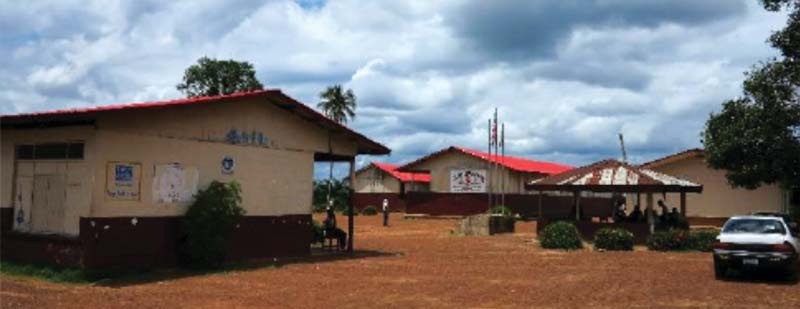



High expectations
At the end of the civil war, the UN Mission in Liberia had its work cut out focusing primarily on security issues. This is something of an unsung success story 14 years on, with the Mission now in the process of pulling out of the country before the end of the year. The government, supported by a number of Western governments, focused on the economy. And that’s been much tougher.
And this, of course, is where it gets really uncomfortable for most of the people reading this article. The dependence on large, paternalistic companies is embedded deep in Liberia’s relatively short history, going right back to its foundation in 1847 – which means the local communities’ expectations of Sime Darby (as well as Golden Veroleum Liberia and Equatorial Palm Oil, the two other large oil palm companies in Liberia) are understandably but still massively inflated.
Sime Darby has been on the ground in Liberia since 2010, during which time it has been able to plant less than 5% of the concession area. At that level, the operation is still unviable. It’s bleeding cash, not least because it has kept the majority of its employees on its books, not just through the Ebola crisis but through the moratorium, even though that makes no straightforward economic sense. It’s hard to imagine it can go on doing this much longer.
With 20,000 ha planted, the plantation would be just about economically viable, this being the point at which Sime Darby’s incredibly bold investment in a new mill (costing roughly US$18 million) starts to pay off. But nothing really works until the planted area can be pushed on to a minimum of 35,000 or 40,000 ha.
The socio-economic implications of this are dramatic. At 35,000 ha planted, SDPL has indicated that it would be prepared to start discussions with the government to build a hospital for the area. Without that, there will be no hospital for a very long time – if ever.
It’s the same with education. Sime Darby has taken on responsibility for seven schools, employing 122 full-time and 17 contract teachers, providing education for 4,714 students. These incredibly precious jobs make life infinitely more bearable for thousands of ‘dependents’ – 2,446 males and 1,947 females. There’s a smiling face and a well-fed, more-or-less healthy family behind every one of them.

SDPL Central High School in Senjeh District, Bomi County
In 2016, the cost of the teachers’ salaries and all materials in the schools was US$52,000. On top of this were the running costs of the school bus service at a further US$18,700. Over 10 years, with initial construction costs included, that’s now pushing up to more than US$750,000 direct investment into the lives of some of the poorest people on this planet. – and with only 10,000 ha earning Sime Darby any money at all. Wake up, folks, and smell the palm oil!